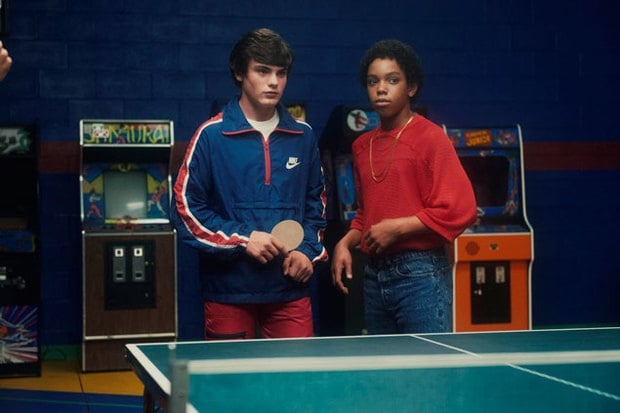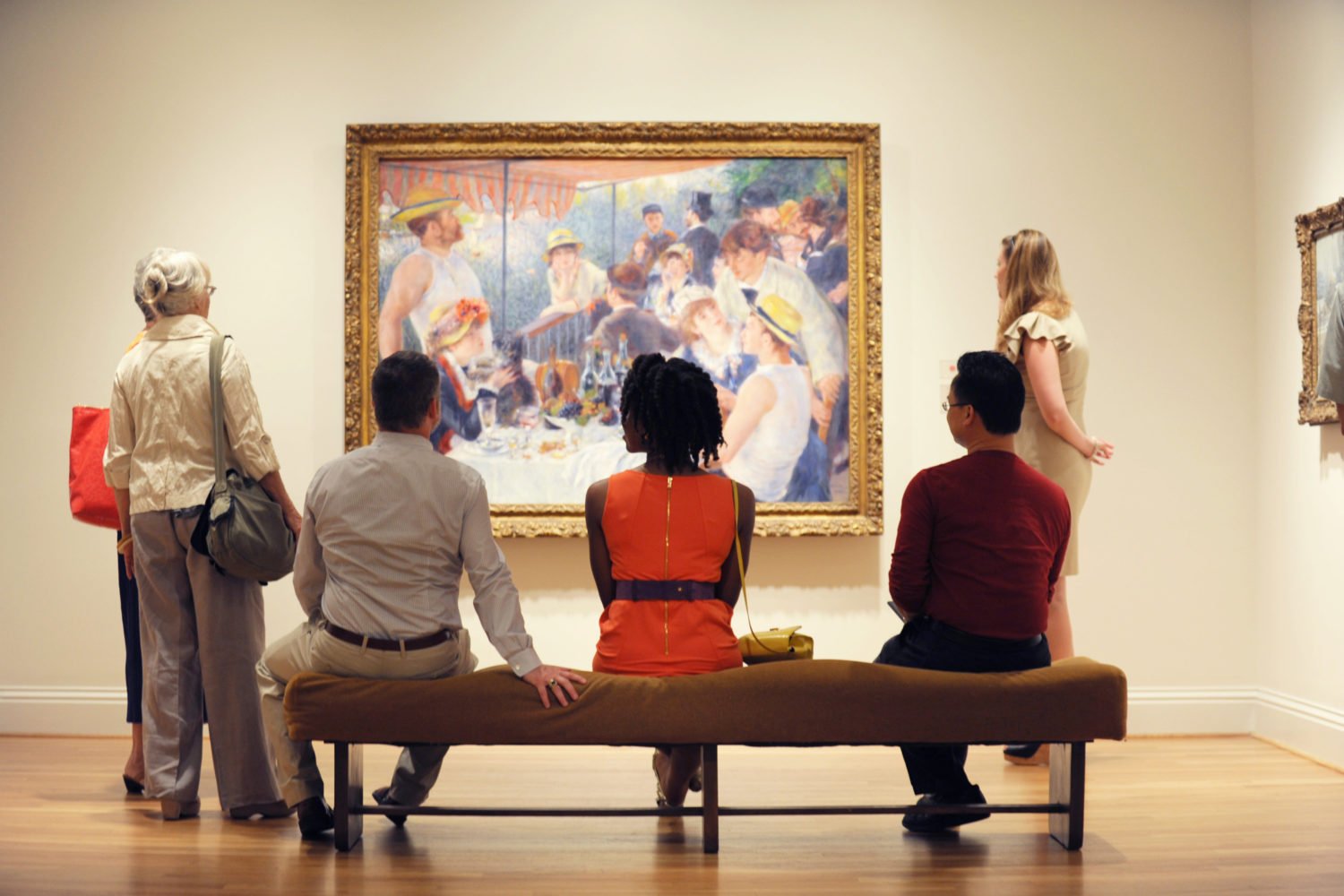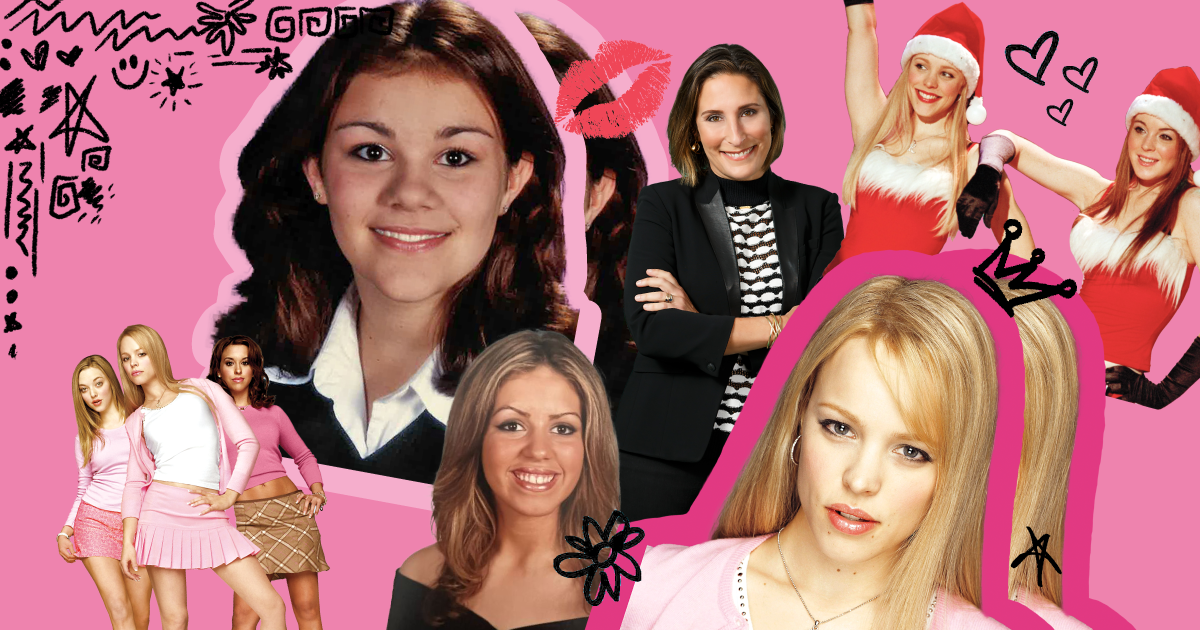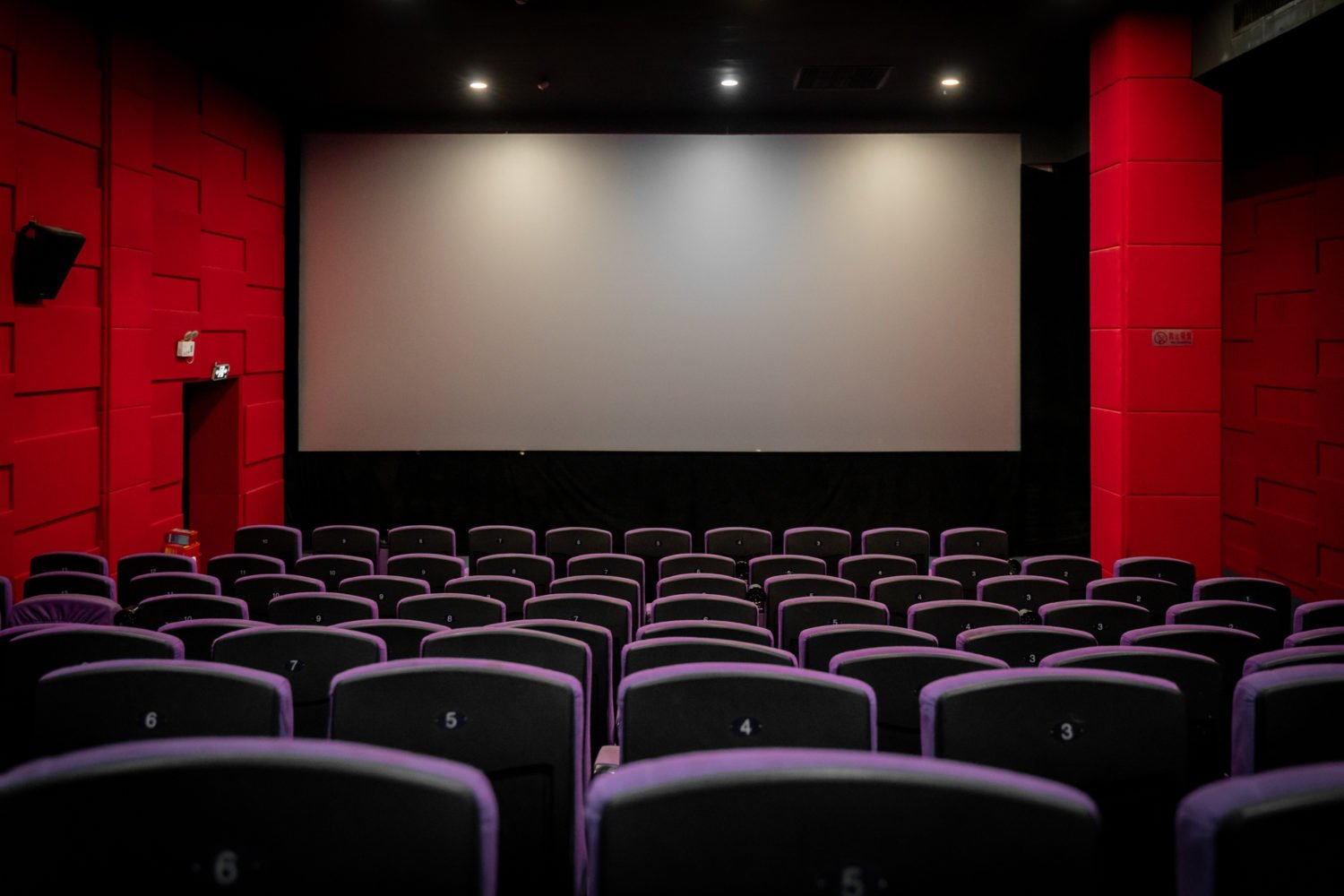Filmmaker Michael Tully was a senior in high school when he first had the idea to turn memories of his childhood vacations to Ocean City, Maryland, into a movie. This year his dream finally became a reality with Ping Pong Summer, the story of teenage ping-pong and break-dancing enthusiast Rad Miracle and his family’s trip to Ocean City. The film, which features newcomer Marcello Conte in the lead as well as veteran actors Susan Sarandon, John Hannah, and Lea Thompson, was a Sundance Film Festival selection and is now playing at AFI Silver Theatre and on demand. We chatted with Tully about how he developed the concept for the movie, working with both novice and experienced actors, and the film’s soundtrack, which features an original song by Of Montreal’s Kevin Barnes.
You’ve had the idea for an Ocean City-set movie for a while, right?
The real core of it was in 1992 when I was a senior at Linganore High School in Frederick County. I remember driving through Virginia and seeing Radford College and thinking, “Rad would be a cool name for a character.” These germs were formulating, but for many years I stayed away from the personal aspect to the extent that I was calling the project Watertown, not Ocean City. I thought, “What’s more generic than the two words ‘Ocean City’?” I was afraid to embrace the real aspects of my life in Maryland. But now I’ve lived long enough and it took long enough for it to happen that the interesting challenge, the concept and experiment, became, “What if I inserted my own super-functional, normal, middle-class life into an ’80s movie? That became the modus operandi. In independent film—I write about movies for a living and go to film festivals—and it’s all about dysfunction and darkness, and someone’s gotta almost die for it to feel like a real movie. I thought it would be a challenge for there to not really be stakes, where the dad before the big showdown is like, “We’ll love you no matter what!” It was sort of anti-drama, and I wanted to explore that and see if I could still make a funny, interesting movie while removing those indie-film dramatic tropes from the equation.
The movie seems to toe the line between being an homage to ’80s movies and sending them up. What was the intention?
It’s tricky—I don’t even know how to answer it myself. I think for many years that threw people off about the script. Is this ironic, is this mocking the ’80s, or is it sincere? I wanted it to be earnest; more than anything in a production sense, we tried to make a movie that felt like a lost movie from 1985, not like the Wedding Singer, with what I refer to as hindsight humor. The ’80s were kind of wacky and cheesy as it was, but my 11-year-old self in 1985 had a sincere earnest appreciation of Ocean City and the ’80s and even of those movies. I didn’t know the difference of what was a good versus a bad movie, and we’re definitely embracing the tropes—like having the bad-guy sidekick say a lot of homoerotic things, because that just happened inherently in those movies—but ultimately I wanted the movie to feel like a first person-perspective of a 13-year-old in 1985, as opposed to being a thirtysomething hip, clever filmmaker making jokes looking back on the ’80s.
What was it like to go back to Ocean City to film?
It mostly looked the same. I tried to explain it to people who hadn’t been to Ocean City, but I remember when George [producer George Rush] went that first time, he was like, “Whoa, this feels like 1985—in a good way.” Ocean City wants to preserve that timeless aspect—you have to go all the way to west Ocean City to get to Starbucks—and part of my selling point was that it would save a lot of money to shoot in a location where for many scenes the biggest thing we had to do is move the 21st-century cars out of the way. For the scene with the Paul Revere restaurant and the smorgasbord of food, that was a place I went growing up, and when I went there with my production designer, he was like, “Are you kidding me? We’re ready to shoot!” We put all our creative eggs into the Fun Hub arcade, which was totally built from scratch. A week before that place looked like a Breaking Bad meth lab. You have to pick your battles when you’re making a low-budget movie, and the fact that we were in a community and a town that looked the exact same as my childhood photos, it became more a question of the texture of the image. That’s why we shot on super-16 celluloid, which is how movies were shot 10, 20 years ago.
The soundtrack is such a big part of striking the mood of the film. Are there any original songs?
The only original is the closing credits anthem, because I felt like every ’80s movie needs to have an original closing credits anthem. I lived for a summer in Athens, Georgia, and I made a pact with a friend of mine—Kevin Barnes, who’s in the band Of Montreal—back in ’97 that he would do the anthem. He’s like an encyclopedia of ’80s movie anthems, and he came up with this one in 2012. I wanted to be really nerdy specific to only clearing songs for the soundtrack that were from 1985 or before. The only one that broke the rule was the friend montage song when Rad and Teddy [Rad’s best friend] reunite. That was from a lost film that was just discovered last year by Drafthouse Films called Miami Connection, and it was from 1987. For the rest, the composer, Michael Montes, did quadruple work. He didn’t do just one style of music for the score; he did the John Hughes dream pop, he did the hip-hop, he did the Steven Spielberg Amblin Entertainment orchestral stuff, then he did the Miami Vice menace for bad guys. It’s a credit to Michael’s skills as composer that you can’t really tell what was made now and what was made back in 1985.
The cast included several veteran actors as well as newcomers. Was that a challenge at all?
It’s not like on day one I gather the troops and give the Vince Lombardi speech or anything. It is important to me that even if I’m making a dark, creepy drama or horror film, I want everyone on set to be having fun and feeling like every role is as worthwhile as the next. The adult actors understood a lot of the kids were local talent who’d never acted in a movie before, and they took on sort of a mentor/parental role. There was no sense of condescension. And the kid actors showed up and rose to the occasion. The other thing was it was just fun for everyone; it was a beautiful Indian summer in Ocean City, and everyone was genuinely happy to be there. Even if you’re dealing with an actor who’s been doing it for 40 years, everyone is different, so I think it’s more about making everyone feel as comfortable as possible and then letting them do their thing, from Susan Sarandon to Marcello Conte.
For tickets and showtimes, visit AFI Silver Theatre’s website.
















